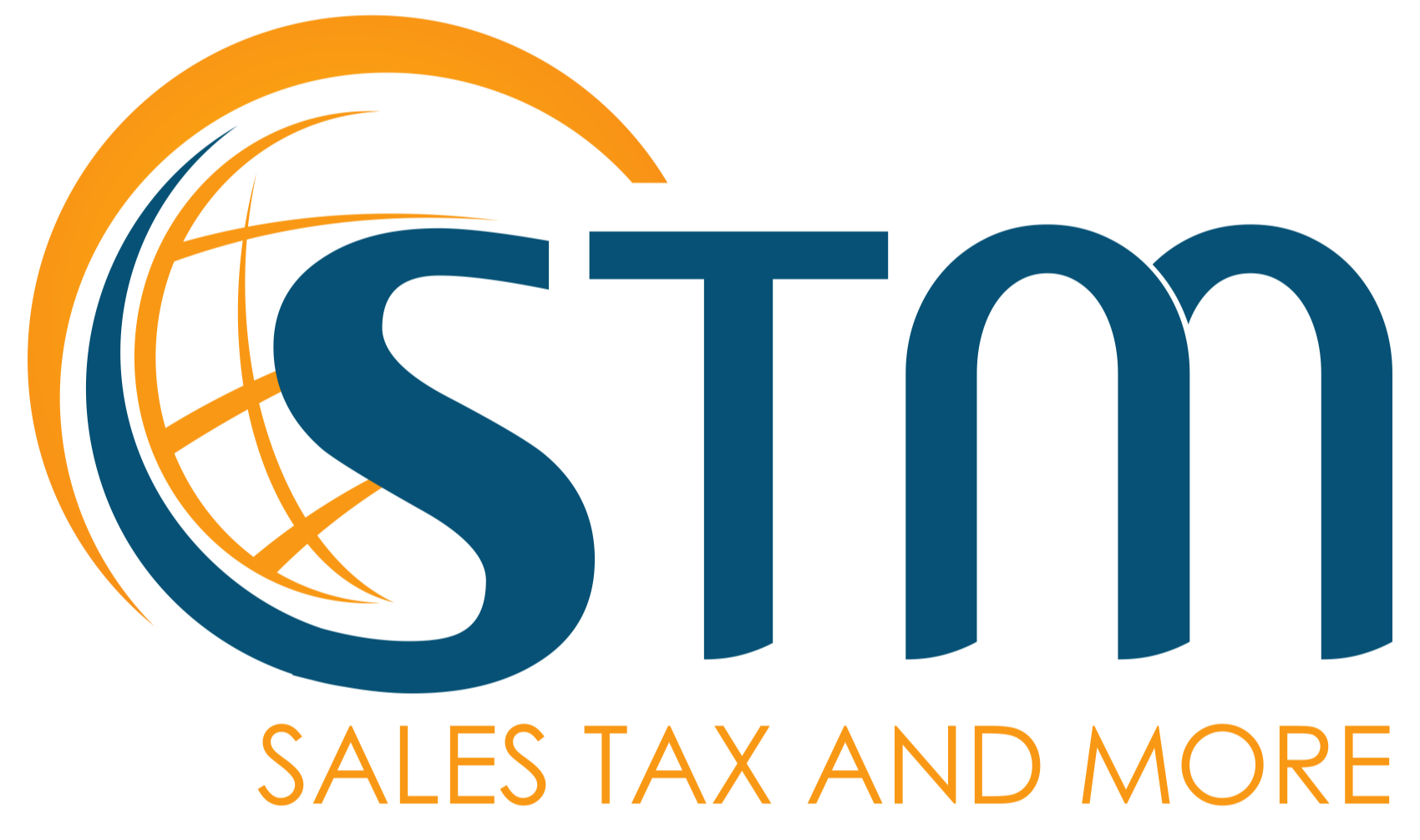Sales Tax Filing Frequencies Explained
With the expansion of economic nexus in 2018, more sellers than ever before have been required to register for sales tax in multiple states. As if determining where to register for sales tax isn’t confusing enough, each state also has its own rules related to filing frequencies once registered. Keeping up with all of the sales tax return filing dates in each state can be quite a headache; but, if you don’t stay on top of it, you could be hit with penalties and interest. Let’s discuss why this is the case and how you can file for sales tax.
Filing Frequencies
Sales tax is one of those things that has been left to state governments to organize and implement. With that comes each state having its own unique system for registrations, returns, and compliance assurance. This is why you may file your sales tax returns on different days in each of the states you’re registered in throughout the year.
Most states do not allow you to choose your filing frequency. The states will generally have this determined for you either by statute or by your estimated sales. The frequencies are often either monthly, quarterly, semi-annually, or annually. Furthermore, the states are constantly reviewing and changing frequencies. For example, Iowa just recently did away with quarterly sales tax filings, so now you will either be a monthly or annual filer dependent upon how much sales tax you collected in the previous year (read more on this change here).
And let's not forget prepayments. In some states, rather than changing your filing frequency, they require prepayments instead. For example, in California, once your taxable sales reach $17,000 a month you need to file estimated taxes on a monthly basis. The filing is still quarterly, but you must “true-up” which basically means you file a return for the entire quarter and take into account what has already been paid. To make it even more confusing, as you cross some thresholds in some states, they require early payments. In general, an early payment is a payment made in the current month for a future period. The early payment may be based on actual sales month to date or it may be based on estimated sales. There is then a true-up in the following period and the process is repeated.
Finally, the states may have different filing requirements for in-state and out-of-state sellers.
How to File Sales Tax Returns
There are a couple of different ways that you can file sales tax returns. The first is to do it yourself. If you choose to do it yourself, you should be sure to file both correctly and on time in order to avoid penalties and interest. You will follow any instructions given by the state to ensure your compliance.
The next option is to hire a third party to file your sales tax returns. There are many third-party service providers that offer sales tax returns services. These can include sales tax specialists, your existing accountant, or software companies (including both full-service or limited service). Here at Sales Tax and More, STRS is one of our core services, and we believe that we do it best. When choosing a sales tax provider, it is important you understand whether or not your provider can file all the forms you need and what kind of accessibility you have if issues arise. To hear more about the STM difference, read our eBook here!
Filing your sales tax returns can be complicated. If you require assistance, contact us, we’d be happy to help!
By: Briana Wagner
This blog is intended for educational purposes and not as tax advice. Tax policies and procedures change frequently, so specific information, such as thresholds, rates, etc. included in this blog may have changed since it was originally published. Please request a consultation for more in-depth information.
